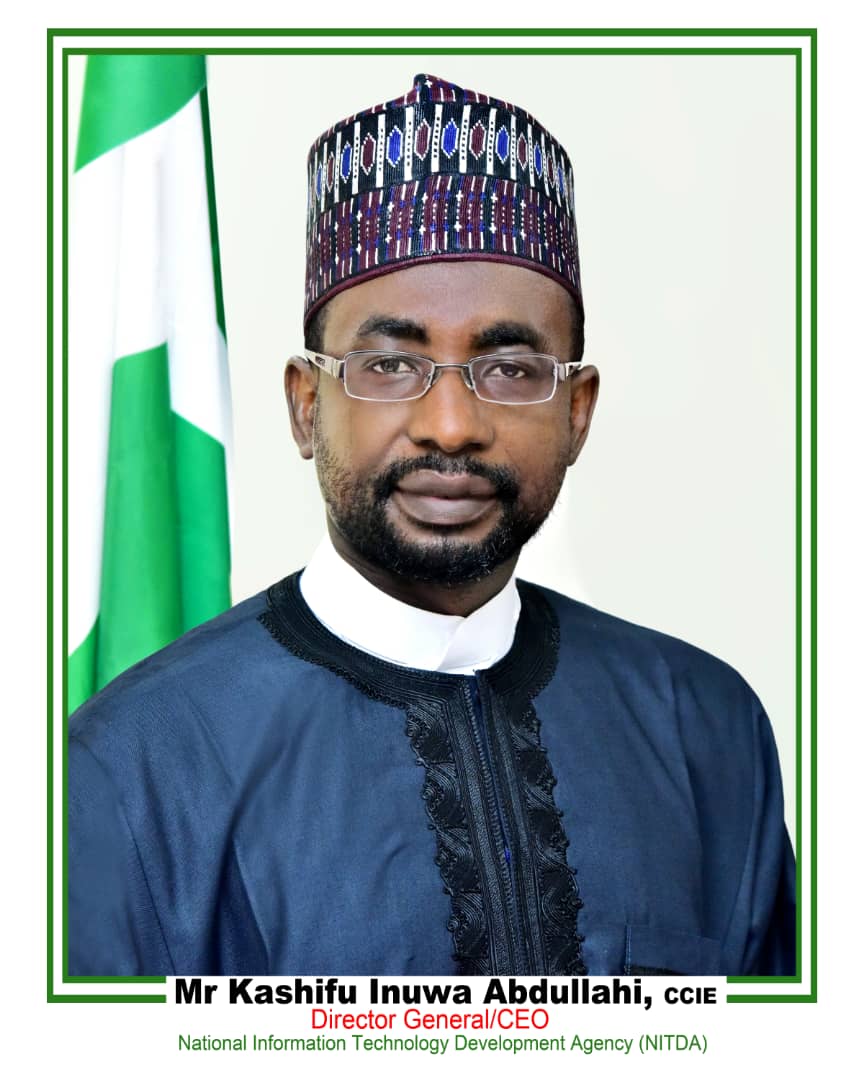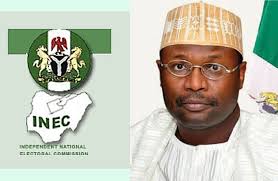The Chief Executive Officer of nTel, Nigeria’s leading latest entrant to GSM services, Kamar Abass has opened up on why the system is known as 4G /LTE Advanced network provider.
In an interview, he revealed that his own interest in transforming the industry is first, in the area of data and mainly on how much is being consumed by subscribers.
According to him, “We had a hunch that the amount of data been consumed on 3G networks and even on early 4G networks was constrained”.
“They were constrained largely because of the throughput committed by the way in which the technology was deployed. So, we deliberately set out to build the highest speed network that is possible without spectrum and with technology at its stake. That is why our network is called the 4G LTE Advanced network and the advance is about a couple of technologies that we added on to 4G.
Abass noted further that the current configuration of nTel’s 4G has already put the company on the road to 5G, “thus giving us enormous advantage to make higher level of throughput”. “Typically, the throughput on our network gives us the 250mbps. Easily, many times what’s possible on 3G and certainly multiple of what is possible on the 4G networks in Nigeria today. Now, that revolution in the amount of throughput comes from the amount of speed that is possible, and of course it comes from the amount of pricing, and we offer unlimited packages that have allowed customers to really stretch their legs in relation to the opportunities for productivity from a mobile service.
Giving more insights on how his group had been driving data revolution in the level of 4G, he said “Another thing I will mention is that when we launched our business commercially in 2016, we launched into a market at that time that if you ignored our base transceiver stations (BTS), they were around 600 to 700 4G Base stations in Nigeria, many 3G and advanced number of 2G”.
“But on 4G, there are fewer than 1000 BTS at that time, but today, just over a year later, there are no fewer than 6000 BTS for 4G. That shows the level of transformation that has been occasioned by one thing only, which was our entry into the market, and the impact we’ve had on consumers awareness of 4G through the experience of the speed and the need for people to protect their own 3G customer bases. Very strongly, we are in the process of creating a fundamental transformation, and it’s only just begun.
On the survival chances between broadband and narrow band networks, Abass said “today, nine 4G players and certainly all of them play in one or more principally three states”.
“Customers have an enormous choice of where to go. We also see that forecasters are looking at the Nigerian market and they expect broadband as compared to narrowband, which means 3G and 4G compared to 2G, will become the dominant technology for broadband, and for mobile by the end of next year. By 2018, there will be more 3G and 4G customers than 2G.
“This means that the whole market is transformed and even though there are a large number of players, there would be more than potentially 100 million 3G and 4G customers by the end of 2020. That would be the break point where 3G and 4G exceed 2G and that creates for the nine players, a huge market, and I see each player having over 10 million 4G customers by then.









